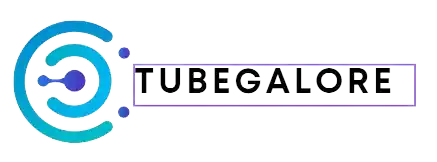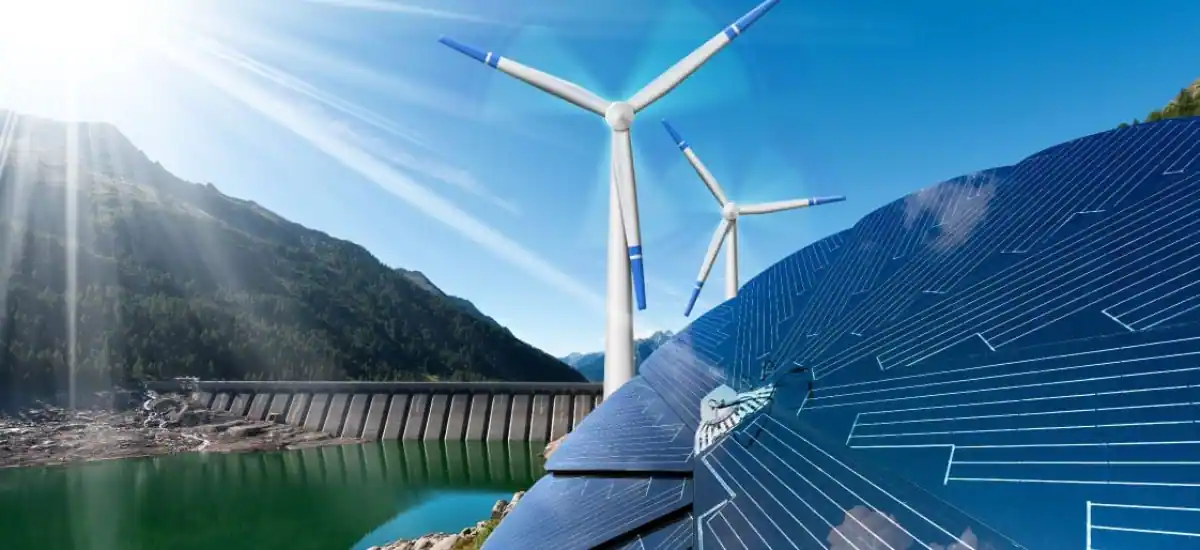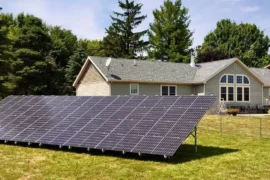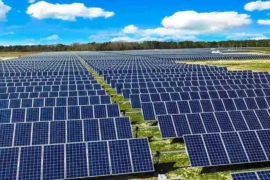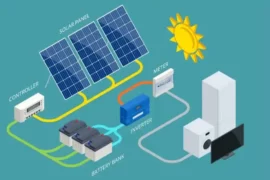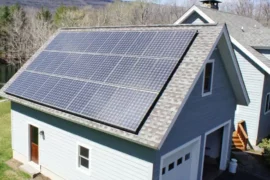Sunlight is both a renewable and inexpensive source of energy. Geothermal energy is being exploited more and more. It is one of the few truly renewable energy resources. The rays of the sun are free and are available in abundance. It produces no emissions. It contaminates our air quality and water sources.
The use of sunlight is considered a cheaper source of energy. Additionally, solar panels have become much cheaper to produce and install than they were a generation ago. This content is a guide for those who are enquiring about which resource is renewable.
The energy we obtain from the sun, water, wind, and other naturally existing resources on Earth is known as renewable energy. Since these resources are limitless, we refer to them as renewable or sustainable (as in sustainable energy).
Is The Sun A Renewable Resource?
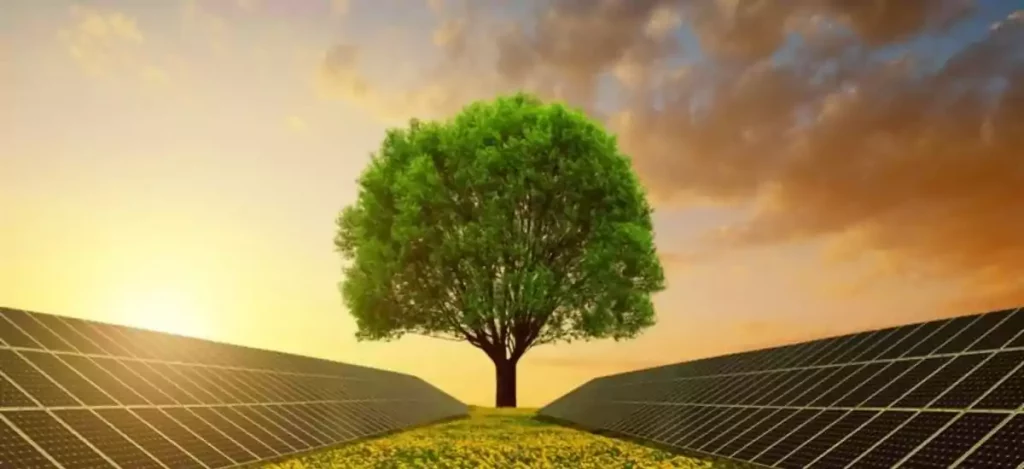
Solar power is a renewable energy from the sun. It is converted into thermal or electrical energy. Solar energy is the cleanest and most abundant renewable energy source. For example, the U.S. has some of the richest solar resources in the world.
Which Resource Is Renewable?
Renewable resources include solar energy, wind, falling water, geothermal, plant materials (biomass), waves, ocean currents, temperature differences in the oceans, and tidal energy.
- Apart from this, renewable energy sources also include biomass and bioenergy.
- Water energy or Hydropower is also considered to be one of the renewable sources of energy
Apart from these, trees are also renewable sources of energy. Minerals and fossil fuels are not renewable at all. Sun will burn for billions of years. We use 10 percent of the renewable resources. Trees have been one of the primary resources that provide for seafood and have been going on for thousands of years.
Which Resource Is Both Renewable And Inexpensive In Economics?
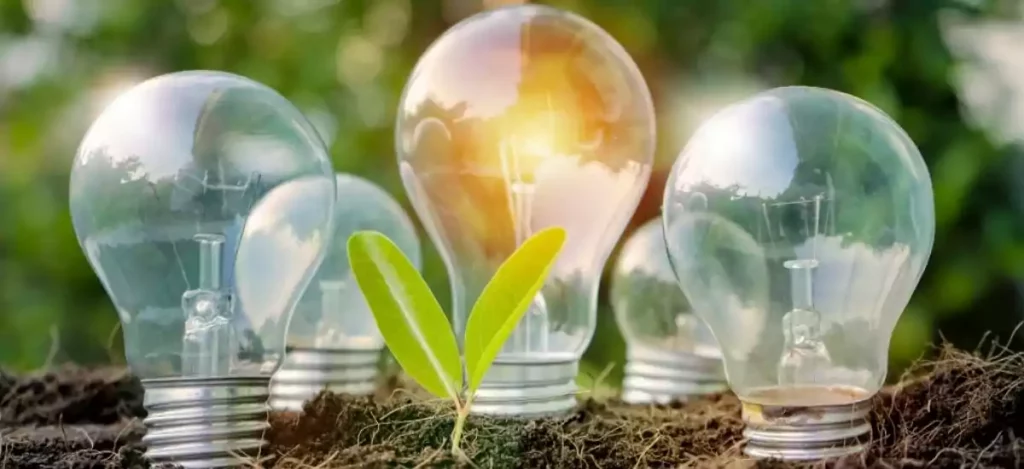
A renewable resource is replenished naturally, may be utilized repeatedly, and never runs out.
Renewable energy sources include biomass, solar, wind, hydro, and geothermal power. In economics, sunlight is considered to be inexpensive and renewable.
Ocean waves are probably the only natural phenomenon not controlled by the sun. Solar energy has long been exploited as a renewable and inexpensive energy source. The photovoltaic solar cells in solar panels are used for maximum reception of sunlight.
The forest is also considered a renewable source of energy. This can be considered as biomass energy. It has been hyped by proponents as one of the renewable energy sources.
Over the past ten years, there has been a considerable decline in the price per kilowatt (KW) of solar energy. However, solar panels still can’t compete favorably with high-capacity wind turbines in terms of their electricity generation.
Despite being more economical over the long term and saving you money by lowering your energy bill. It is reasonable to assume that wind energy is a great renewable resource that is also reasonably priced.
In its search for building materials and industrialization, mankind is adamant about using every available tree. Massive tree cutting has caused climate change, particularly global warming, by removing the ozone layer from our atmosphere.
It is only a matter of time before there are no more mature trees on the earth unless humans can create synthetic wood for use in construction and manufacturing.
Which Could Be Considered Both A Renewable Resource And A Nonrenewable Resource?
Water on earth is a both renewable and non-renewable resource of energy. It also provides hydropower and is a great source of energy.
When it comes to renewable resources and a nonrenewable resource, it is important to discuss resources that are categorized under both renewable resources and nonrenewable resources.
Water shortages are anticipated to occur in the future due to climate change, water overuse or waste, and pollution. Water is therefore one of the renewable and non-renewable resources.
Sunlight is categorized both as renewable and inexpensive. It is harvesting solar energy to provide electricity, isn’t it? Wind and solar energy are examples of both renewable and nonrenewable resources of energy.
The most misunderstood nonrenewable resource on the planet is certainly sand. Although its supply is unending, it is not a renewable resource.
The supply of nuclear energy cannot be replenished. Nuclear energy deteriorates with time. The breakdown process causes radioactive particles to be released into the atmosphere.
Atomic particle shedding is a technique used in nuclear power plants to produce extremely high temperatures, which are then utilized to create steam to power grid generators.
Coal and other fossil fuels have a far higher carbon footprint than renewable energy. By reducing climate change, switching to renewable energy sources can benefit the environment. The words “green energy” and “clean energy” derive from this benefit to the environment.
Frequently Asked Questions
Q1. Is Sand a renewable resource?
Ans1. Sand is mistaken to be a renewable resource. Sand that has been washed away from the beach by a storm generally collects in offshore locations as a very thin layer that cannot be dredged again to build a new beach or dune.
Q2. Is Diamond a renewable resource?
Ans2. Since they are made of coal and are billions of years old, it takes a long time for new diamonds to form after a resource has been harvested. There is nothing that a diamond can be recycled into to prolong its life cycle after usage; it is a non-renewable resource.
Q3. Is wood a renewable resource?
Ans3. When managed properly, trees are a sustainable, renewable resource for future generations. The most renewable resource available is wood. A high-tech replacement for materials that require more carbon to produce.
Q4. Is nuclear renewable?
Ans4. Nuclear is not a renewable energy but it is a recyclable form of energy. It can be a major problem for humanity.
Q5. Is wheat crop both renewable and nonrenewable?
Ans5. Crops are a sustainable resource. We can replant them and replenish our supply in a reasonable time. Crops such as corn and wheat are examples.
Related Posts:-
